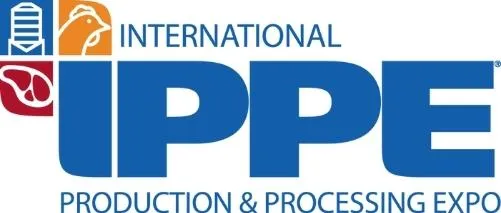Commoditized products are the base input components in nearly every finished consumer and industrial good. While some variables exist between industries, commodities are the raw materials used to create everything from Coca-Cola to antifreeze.
Specialty components are also integral to production but aren’t quite the same as a commodity.
The difference? Here’s a refresher from Macroeconomics 101.
What Is a Commodity?
Most market commodities are defined as the raw, unprocessed materials used to create a finished product. While commoditized products may have some degree of variation, they must meet specific standards established by producers or end-use manufacturers. This “minimum standard” is known as the basis grade and is used as the benchmark to determine whether materials are acceptable for use.
Some examples of commodities include:
- Coffee
- Wheat
- Crude oil
- Rice
- Sugar
- Natural gas
- Lumber
- Cotton
Where Do Branded Ingredients Fit In?
There has been a shift from commodity to branded ingredients, especially in life science and personal care products. Unlike commodities, branded ingredients feature some degree of proprietary design or pedigree that differentiates the component. This attaches brand prestige and trust to the ingredient, often communicated to the end user on packaging or marketing assets.
Branded ingredients appeal to manufacturers because they tend to be better researched and, in many cases, have patented characteristics that add value to the finished products. That’s especially important in health and wellness marketplaces; 77% of consumers aged 18-34 are more likely to have confidence in branded ingredients in dietary supplements than those with generic ingredients.
Expect branded ingredients to play an expansive role in future dietary supplement and life science product marketing.
Related: The Benefits of Functional Foods
Specialty Chemicals vs. Commodity Chemicals
The specialty and commodity dichotomy extends throughout the economy, including to industrial chemicals.
Commodity chemicals are not raw materials, of course. They’re standardized and uniform, enabling many producers to create, store and deliver these as commoditized input components.
Specialty chemicals, in contrast, require extensive engineering and technical support. Those requirements, along with exclusive licensing agreements and the limited number of facilities capable of manufacturing the ingredients, keep the number of specialty chemical distributors relatively small.
Like branded ingredients, specialty chemicals are sold at a premium compared to commodities. This accounts for the additional engineering investment, research, licensing fees and special transportation or storage expenses.
See What Specialty Means at Tilley Distribution
For over 60 years, Tilley Distribution has connected leading manufacturers with innovative suppliers. We provide flexible sourcing solutions to meet changing, dynamic needs at the speed of business. We bring value-added services and an expansive product catalog of specialty ingredients, all backed by a global distribution network.
Let’s get started; speak with a Tilley representative today.
